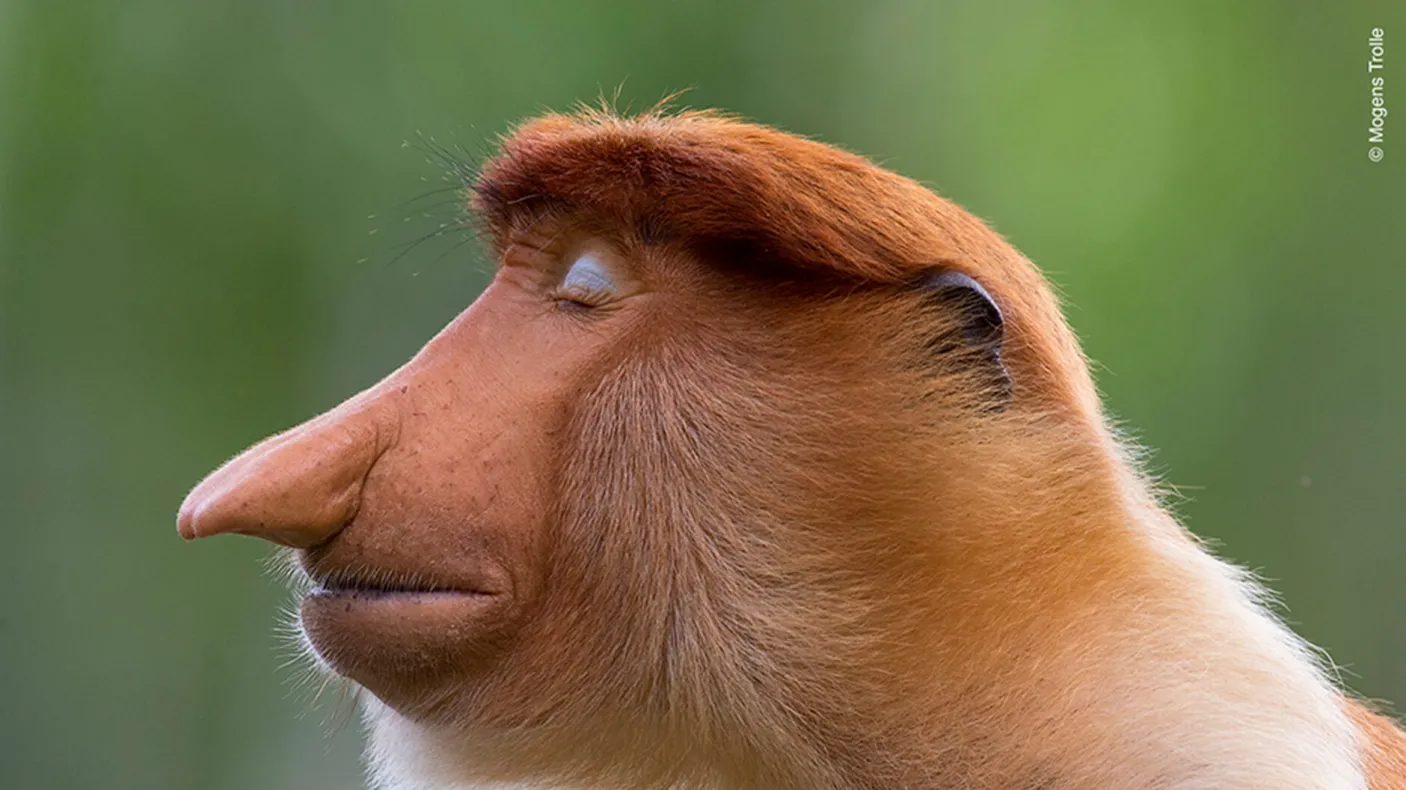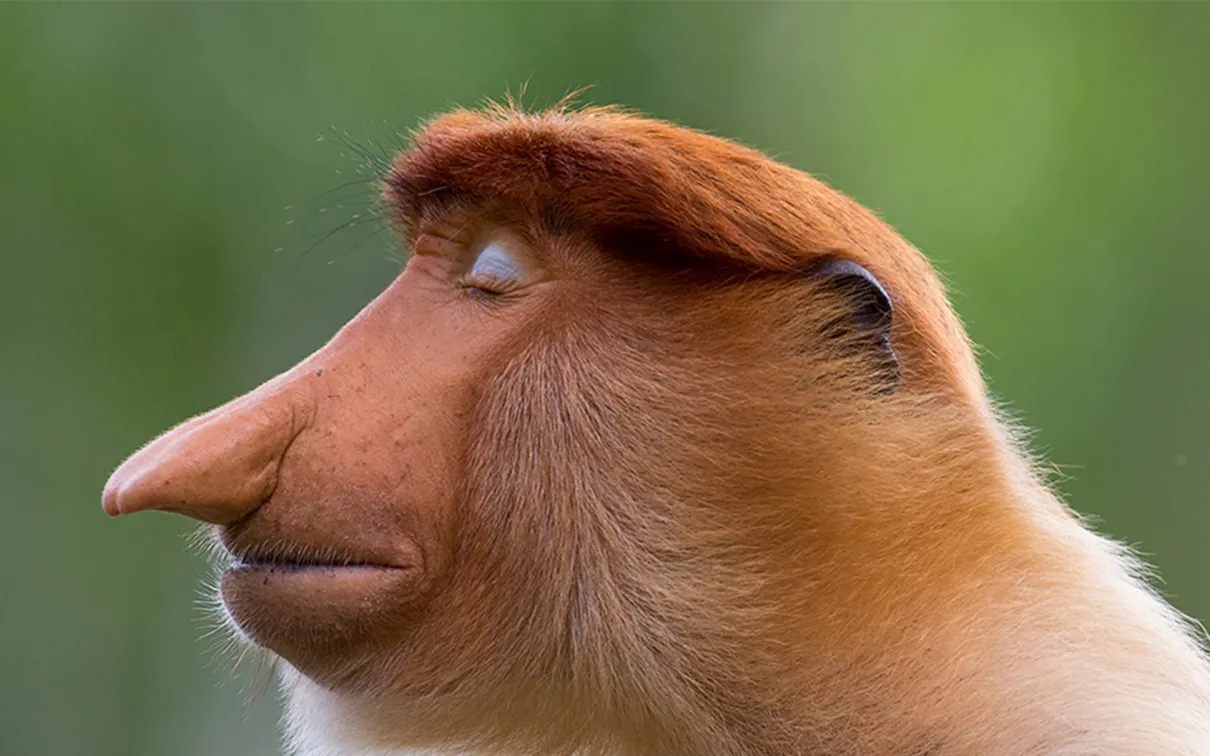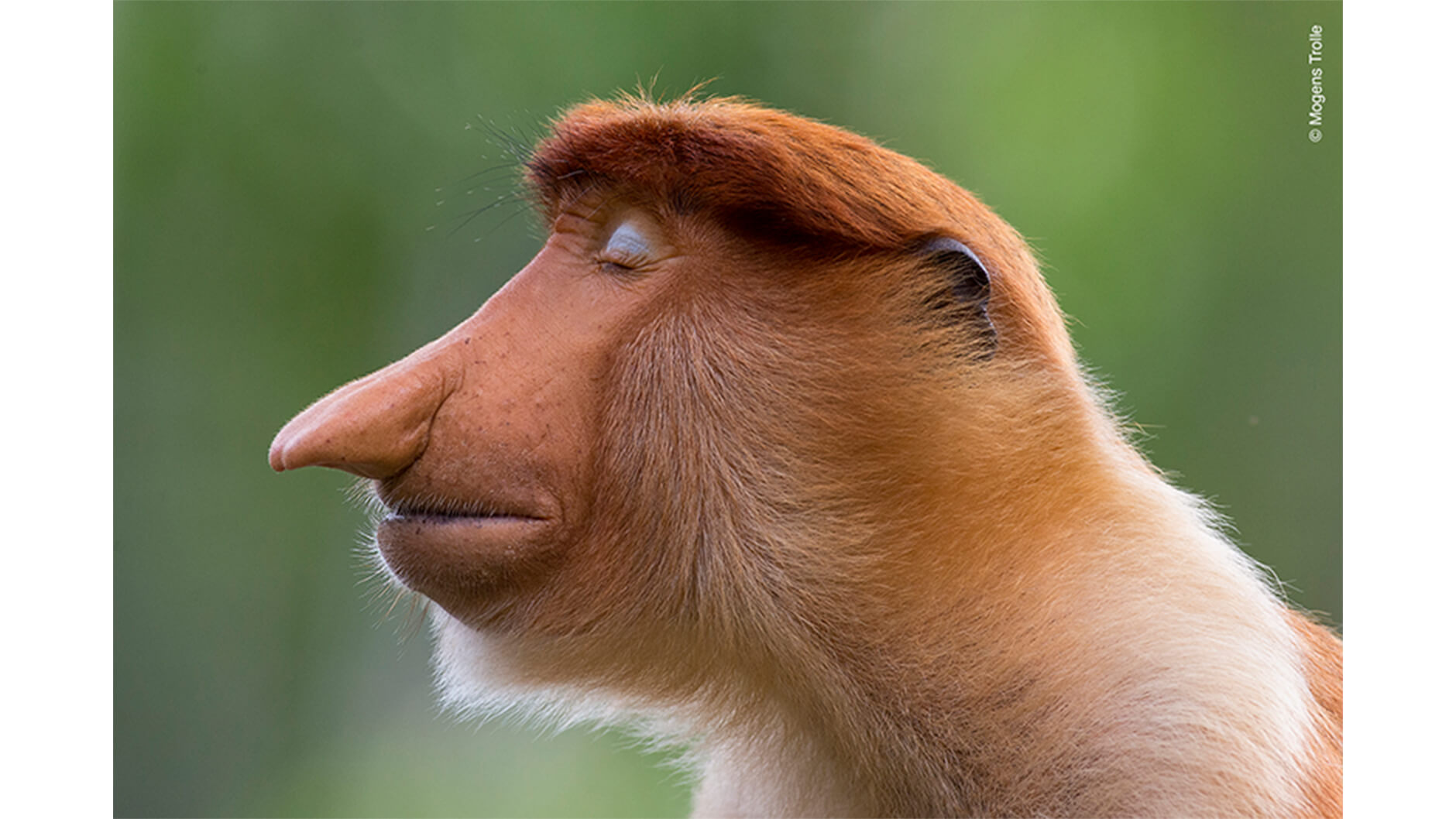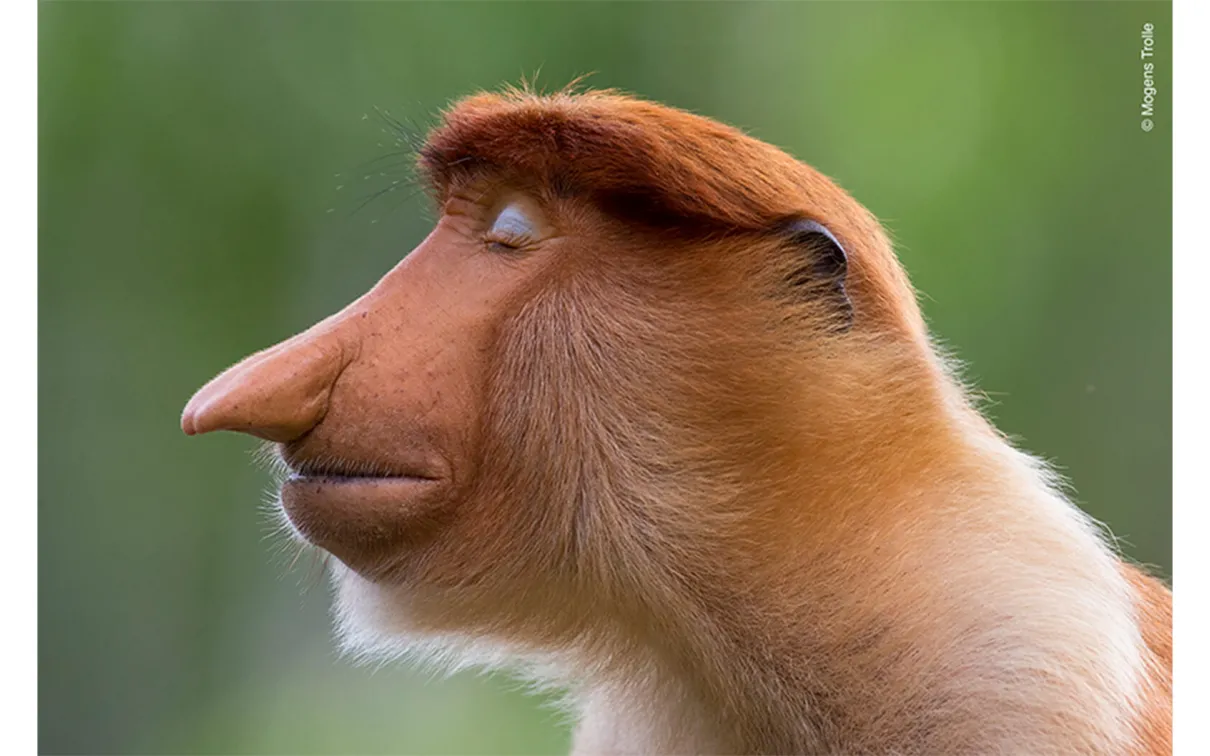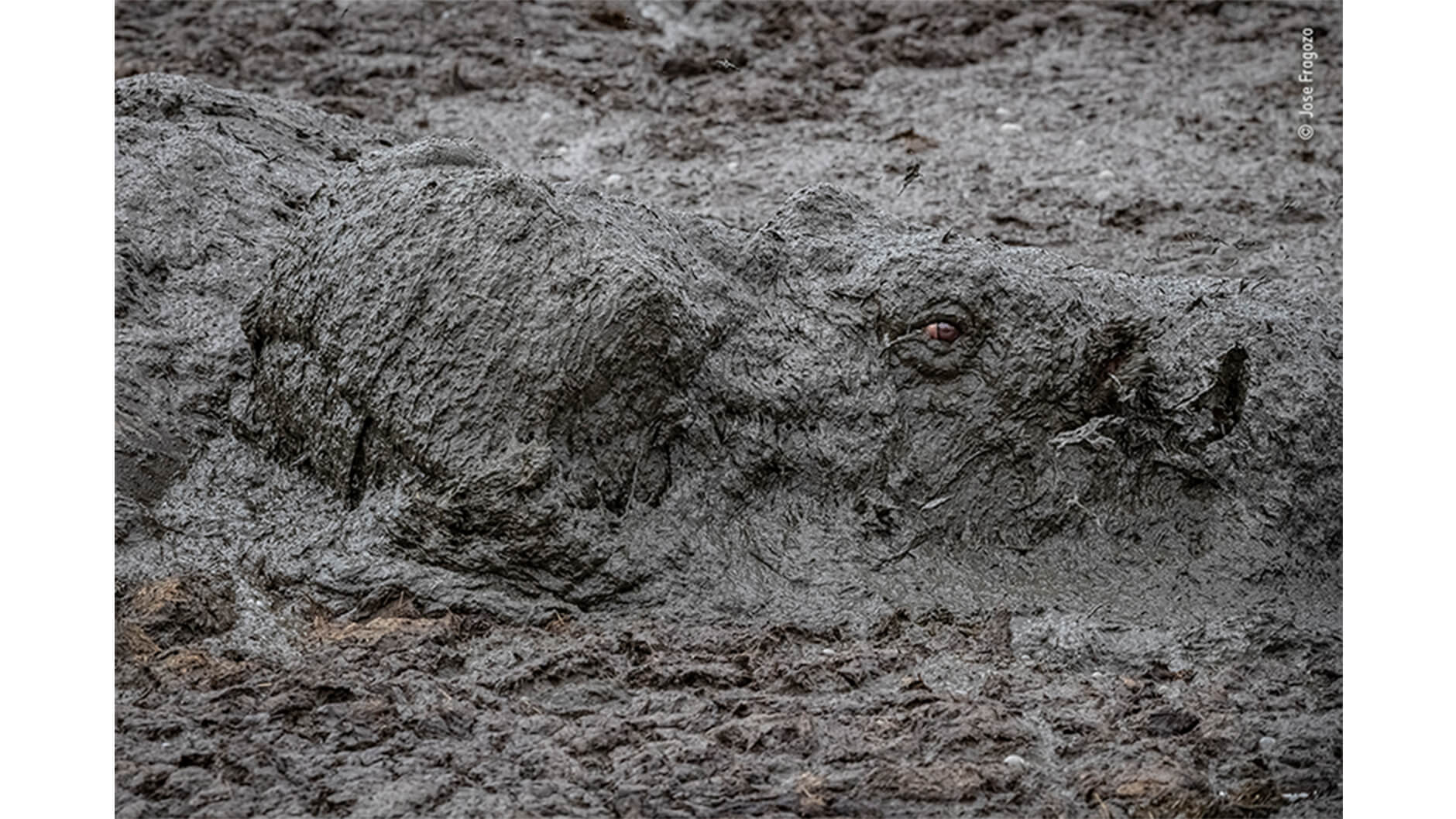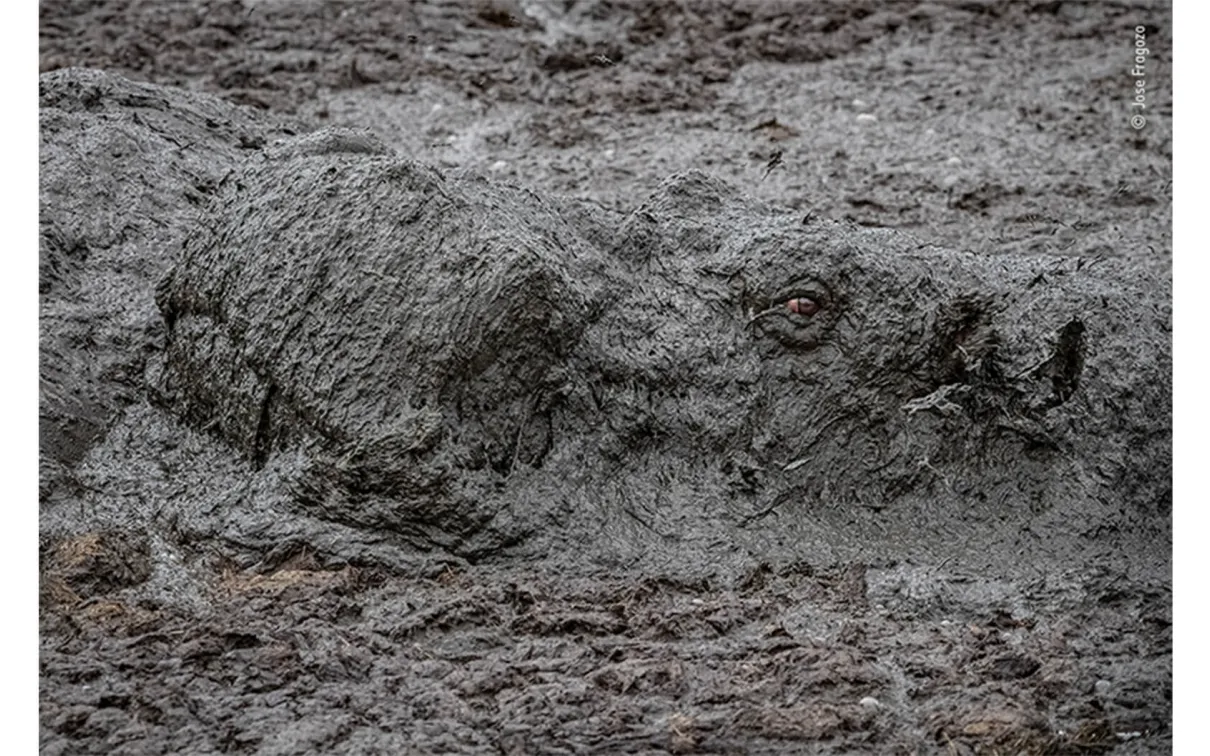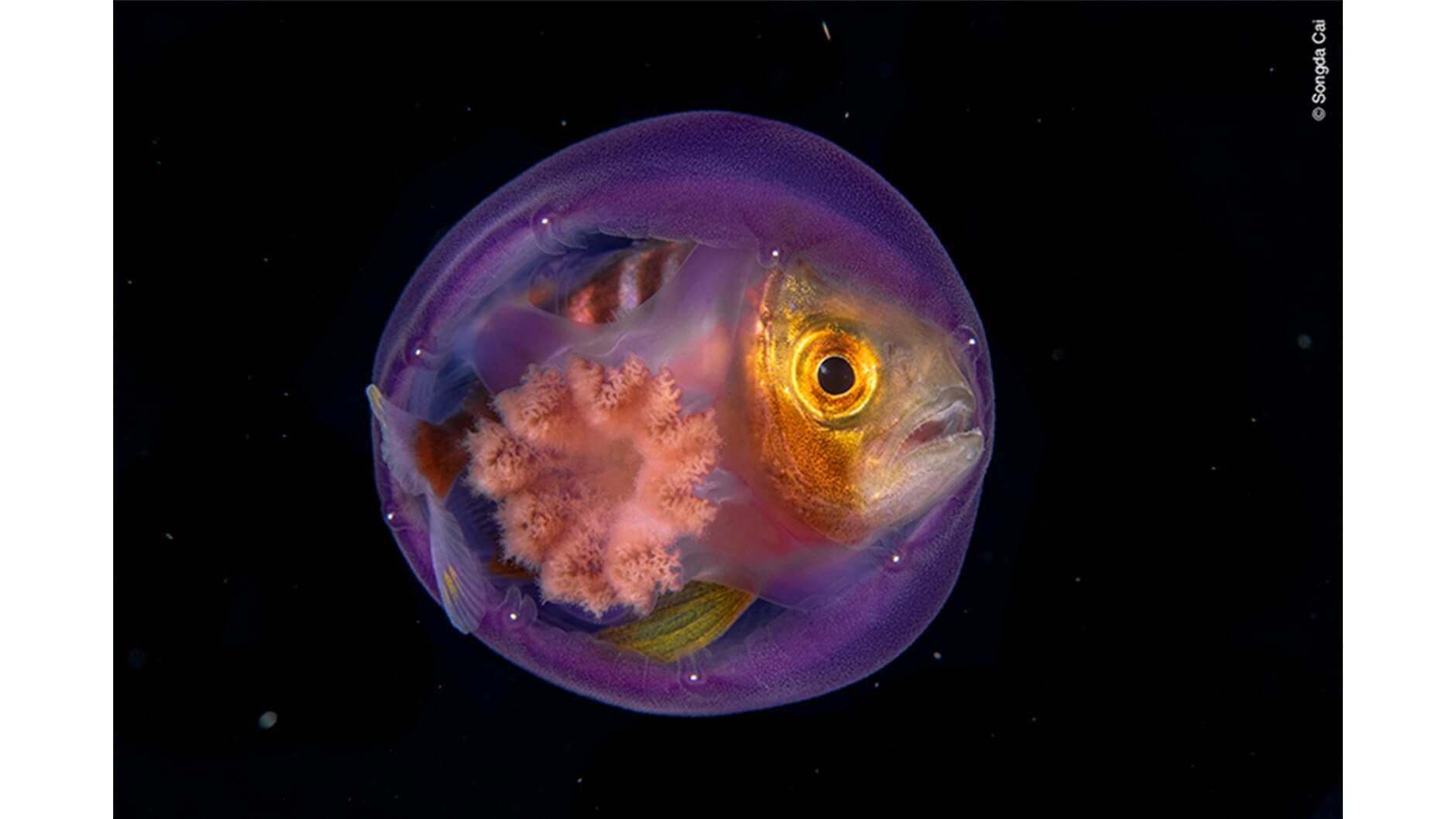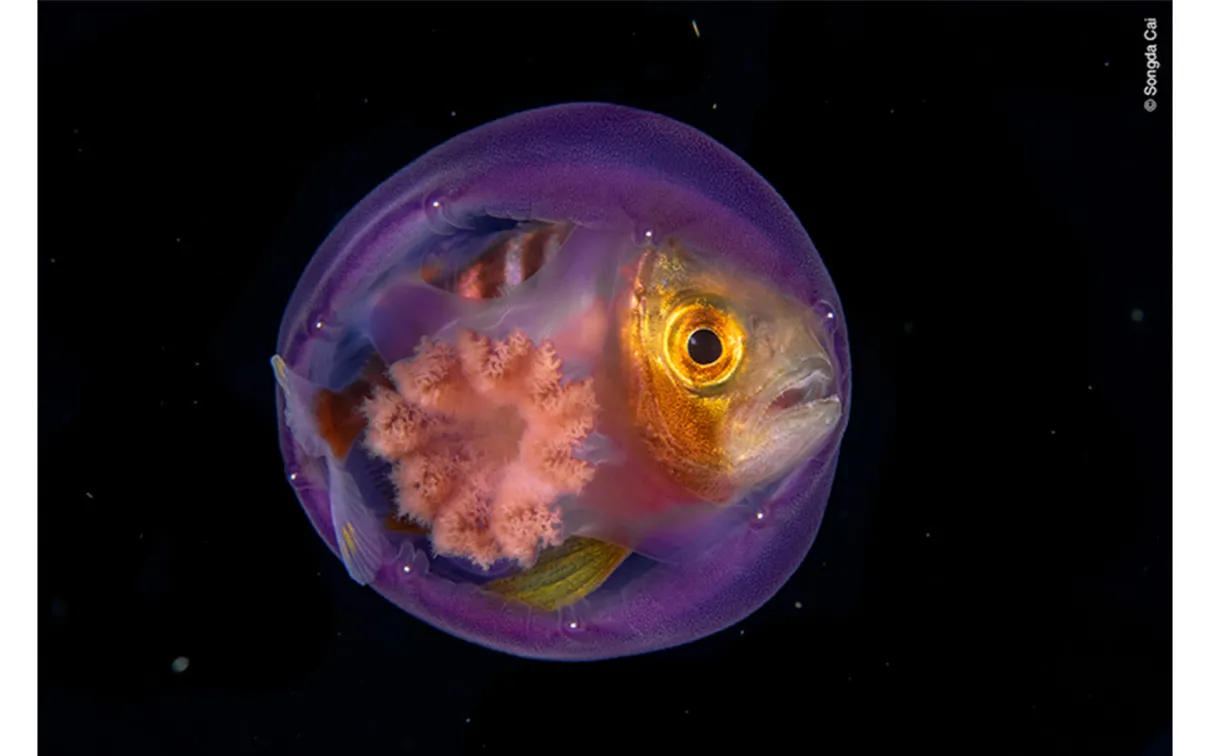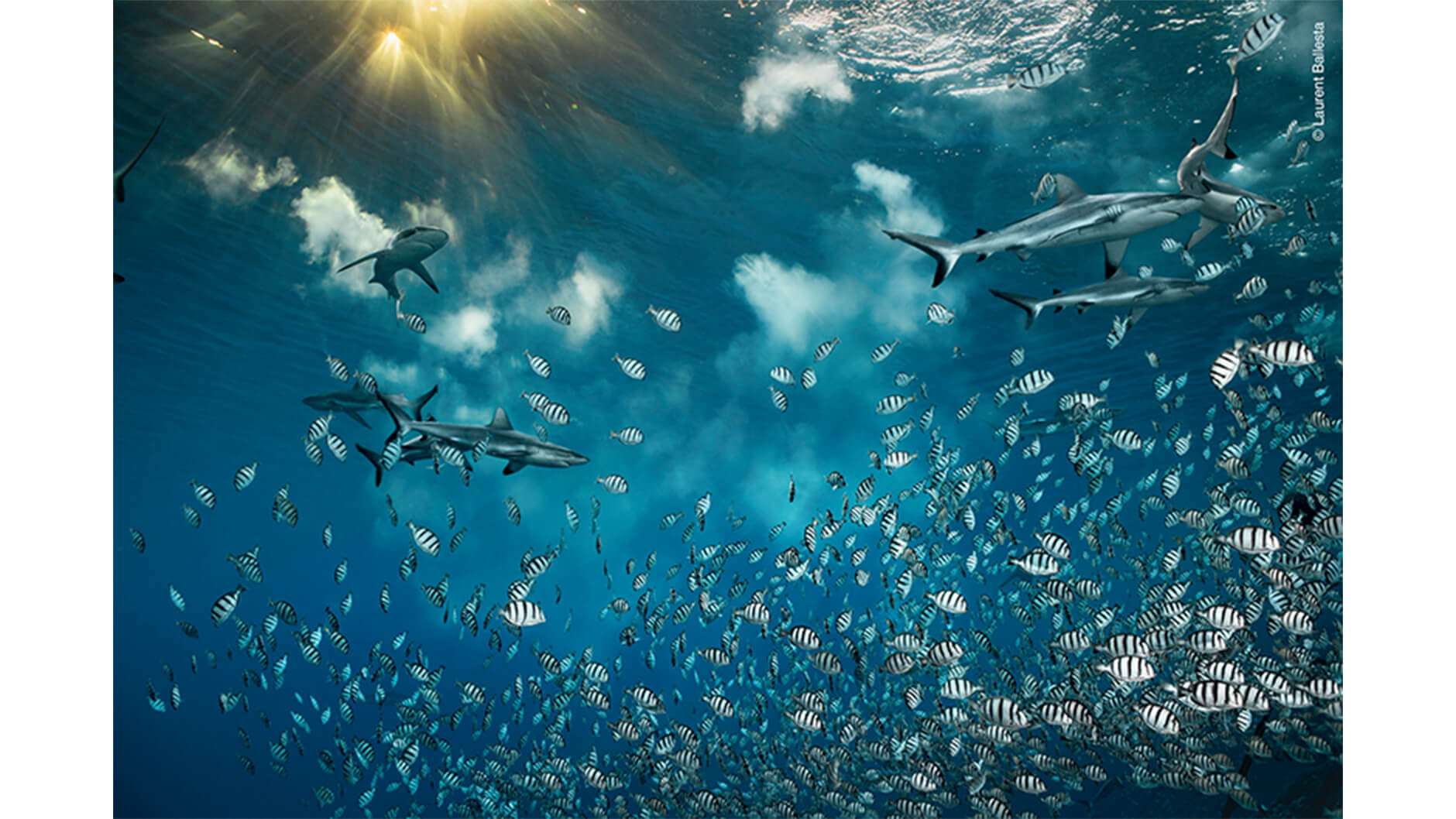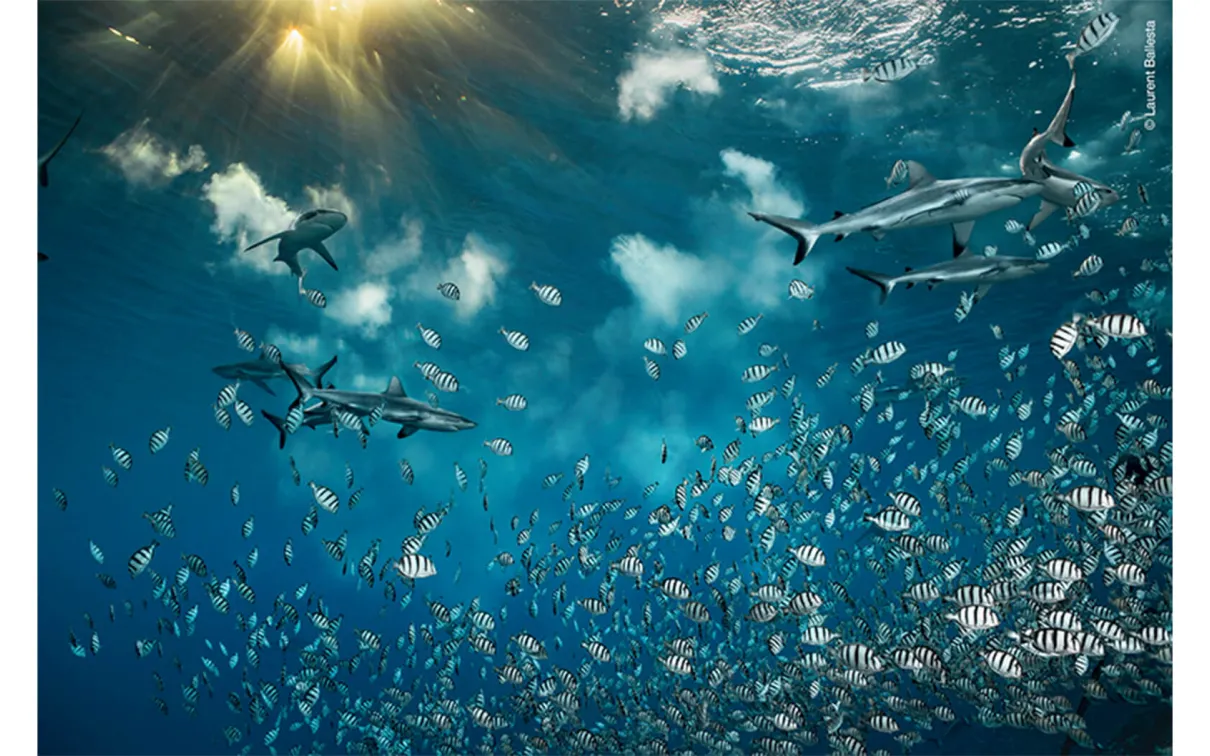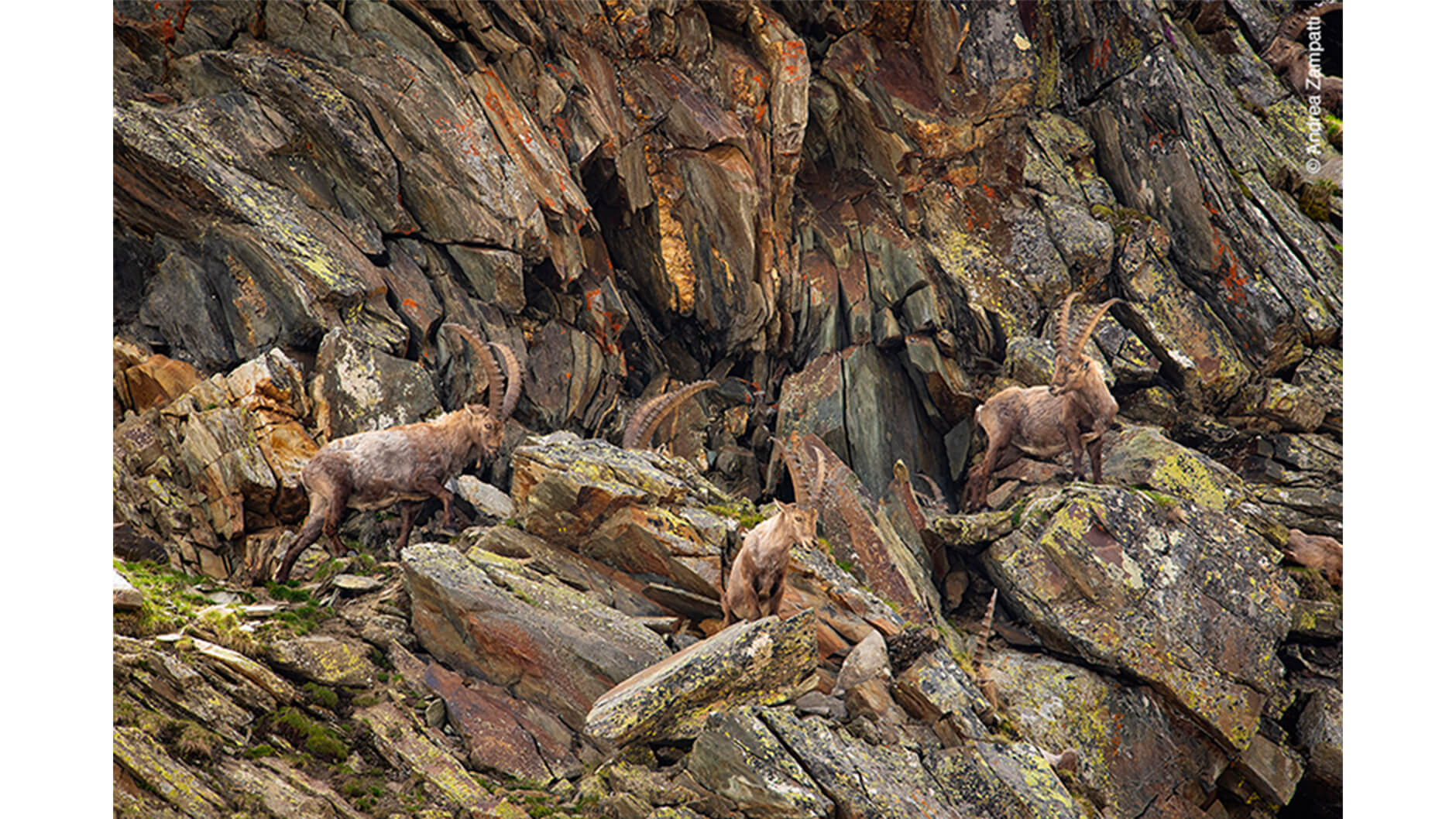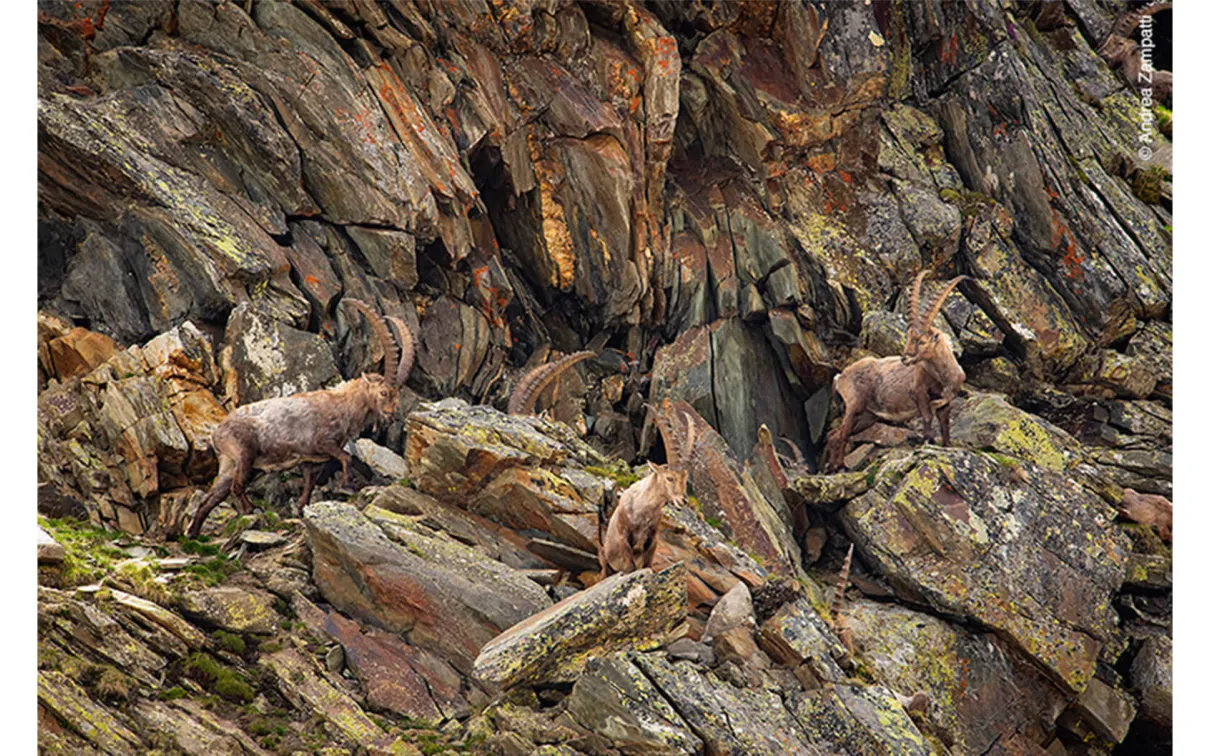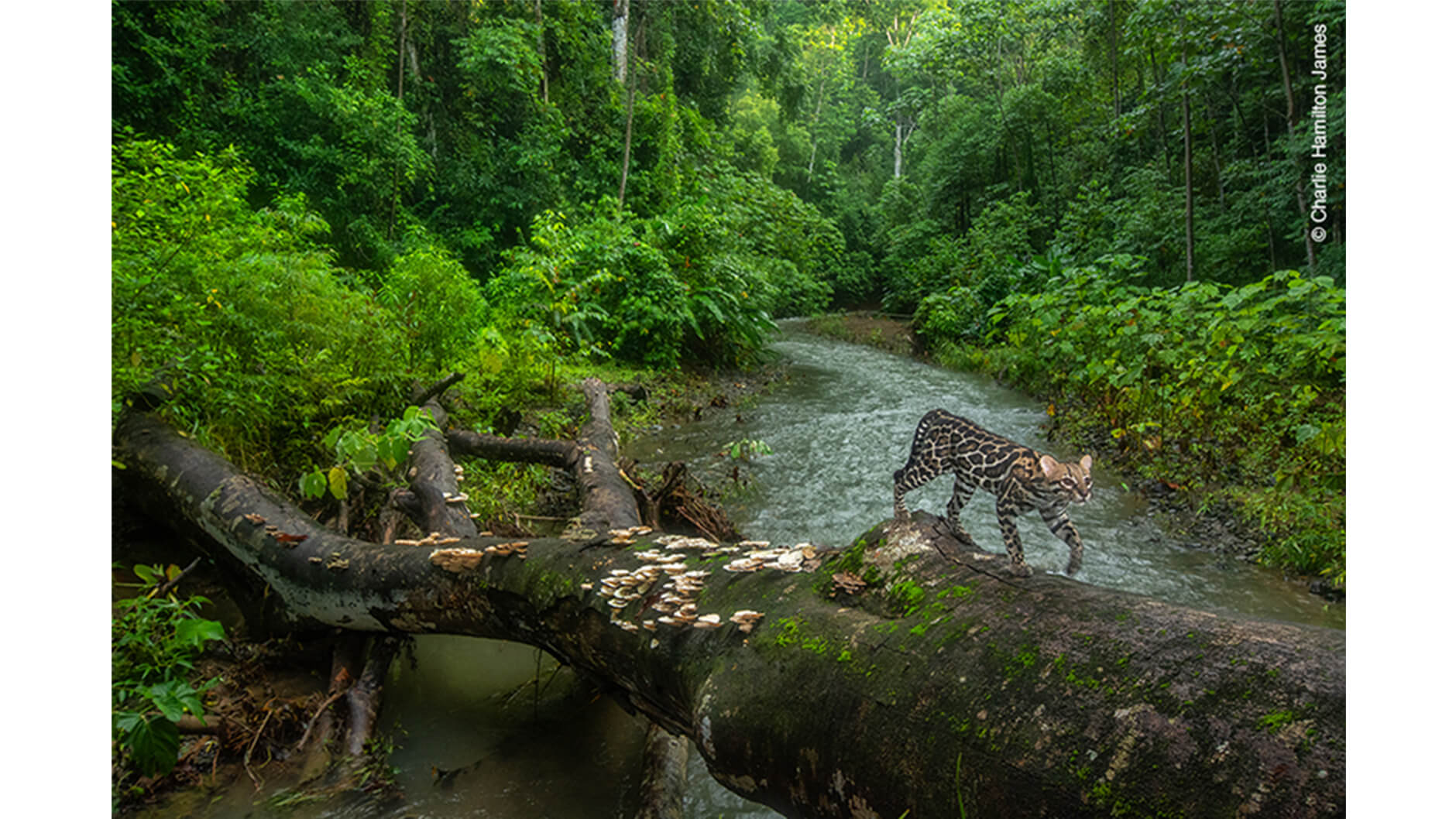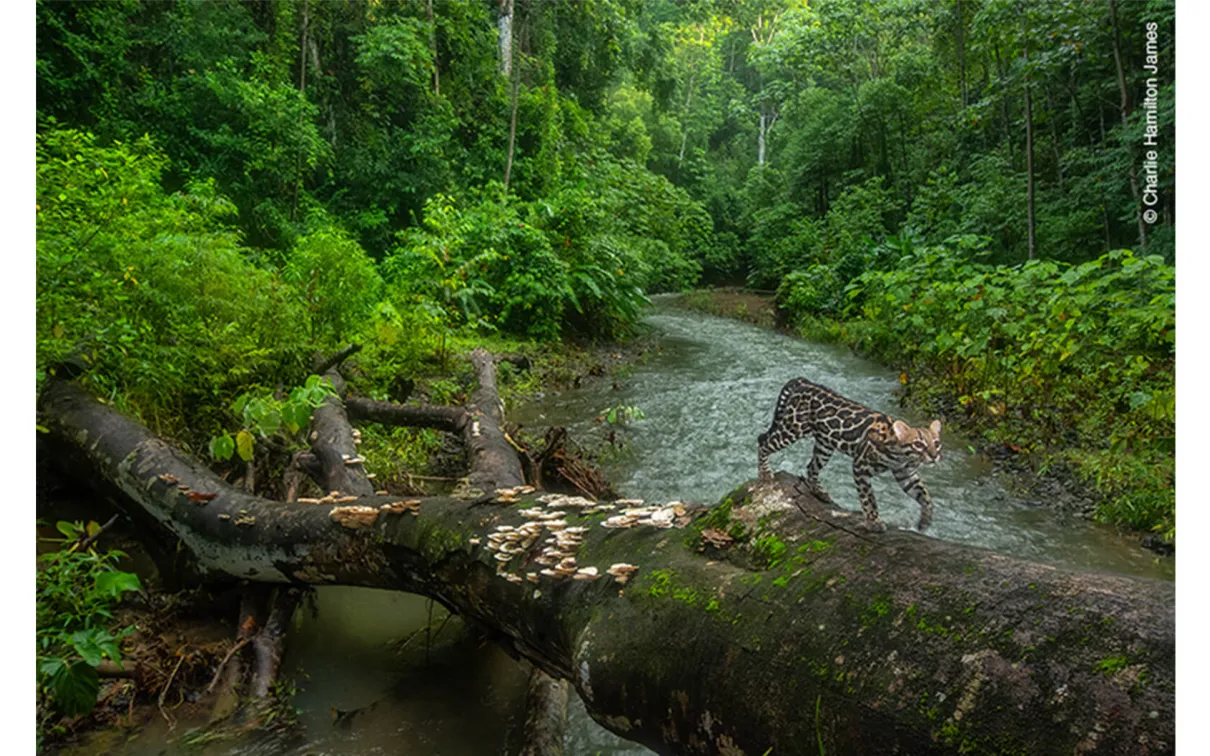Life on Earth
The Wildlife Photographer of the Year exhibition captures surprising glimpses of the diversity of life on our planet.
Published
Categories
Author
Virtually view award-winning photograph
Virtually view award-winning photographs from the Wildlife Photographer of the Year exhibition and join us for a virtual trip around the globe as photographers capture astounding images of the world around us.
The longest-running and most prestigious nature photography competition in the world, the Wildlife Photographer of the Year features extraordinary photographs of nature and the wildlife. Organized by the Natural History Museum, the exhibition showcases the competition’s winners and category finalists whose work calls attention to the beauty and fragility of life on this planet.
To view the winning photographs online, visit nhm.ac.uk/wpy/gallery.
The Pose by Mogens Trolle, Denmark
The proboscis monkey cocked its head slightly and closed its eyes. It posed for a few seconds, as if in meditation. A wild visitor to a sanctuary feeding station, this monkey was ‘the most laid-back character’, says Mogens. Its peaceful expression was quite unlike anything he had seen before. As this monkey matures, its distinctive nose will signal its status and amplify its calls. A male’s nose can eventually grow so big that it hangs over its owner’s mouth. Found only on Borneo and nearby islands, proboscis monkeys are endangered: they depend on threatened forests and are hunted for food and traditional medicine.
Eye of the Drought by Jose Fragozo, Portugal
An eye blinked in the drought-stricken mud pool as the hippopotamus emerged to take a breath. The challenge for Jose, watching from his vehicle, was to catch the eye when it was open. Having observed hippos for years, he knew that they only come up for air every three to five minutes. Hippos spend their days submerged in water to stay cool and prevent their sensitive skin from cracking in the hot sun. They are vital in both aquatic and land ecosystems as their dung provides important nutrients. However, when rivers run dry, the high dung concentration depletes oxygen and kills aquatic life.
Jelly Nanny by Songda Cai, China
A trevally stared out from inside a jellyfish. Far from being trapped, the young fish was exactly where it wanted to be: swimming under a jellyfish’s bell to seek refuge from predators deterred by its host’s sting. Songda spotted this couple while night diving and captured their vibrant colours against the darkness. At least 80 species of fish turn to jellyfish for protection; the jellyfish do not usually suffer or benefit from this practice. However, if seawater grows more acidic, as is predicted with climate change, it could affect the senses of the fish, causing them to become less attracted to their hosts. They may then spend more time in the open, exposed to predators.
The Current of Life by Laurent Ballesta, France
Thousands of convict surgeonfish congregated to spawn in a narrow channel leading to the South Pacific Ocean – and sharks gathered to feed on them. Laurent photographed the fish scattering as the last rays of sun lit their billowing eggs. He spent four years diving around this remote coral reef observing its marine life. The phenomenon pictured takes place every new moon at sunset, concluding in under an hour. In order for their eggs to be swept away into the ocean by the current ripping out of the lagoon, convict surgeonfish will run the risk of being eaten by grey reef sharks. Far from the shallows, the eggs are protected from a wealth of small predators.
Alpine Revelation by Andrea Zampatti, Italy
When Andrea spotted one ibex, the more he looked, the more he saw. A herd of around 50 was loitering in the shadows, a few younger ones fighting listlessly. Andrea captured this small group against the cliffs, the rich scenery splashed with colourful minerals and lichens. Although the Alpine ibex was once hunted to the brink of extinction, it has since been reintroduced to much of its former home in Europe. Yet, as a result, there is little genetic variation across the population and small colony sizes put the ibex at risk from disease and inbreeding. Disturbance from tourism is also a threat.
Ocelot on the Highway by Charlie Hamilton James, UK
The fallen tree, bridging a small river, shouted ‘wildlife highway’ to Charlie. He spent weeks perfecting the set-up of his camera trap so that it would reveal elusive species in daylight as they emerged from the forest and crossed the bridge. Over several months, he captured images of many animals, including this handsome ocelot, the early morning light brightening its face. Osa is one of the few places in Central America that can still boast five species of wild cat—among them the ocelot, puma and jaguar. Yet these animals are under pressure from habitat fragmentation and loss of prey. A special network of camera traps is monitoring the cats’ habits and behaviour in order to better understand their conservation needs.
Wildlife Photographer of the Year is at the ROM until May 30, 2021.
Wildlife Photographer of the Year is at the ROM until May 30, 2021.
